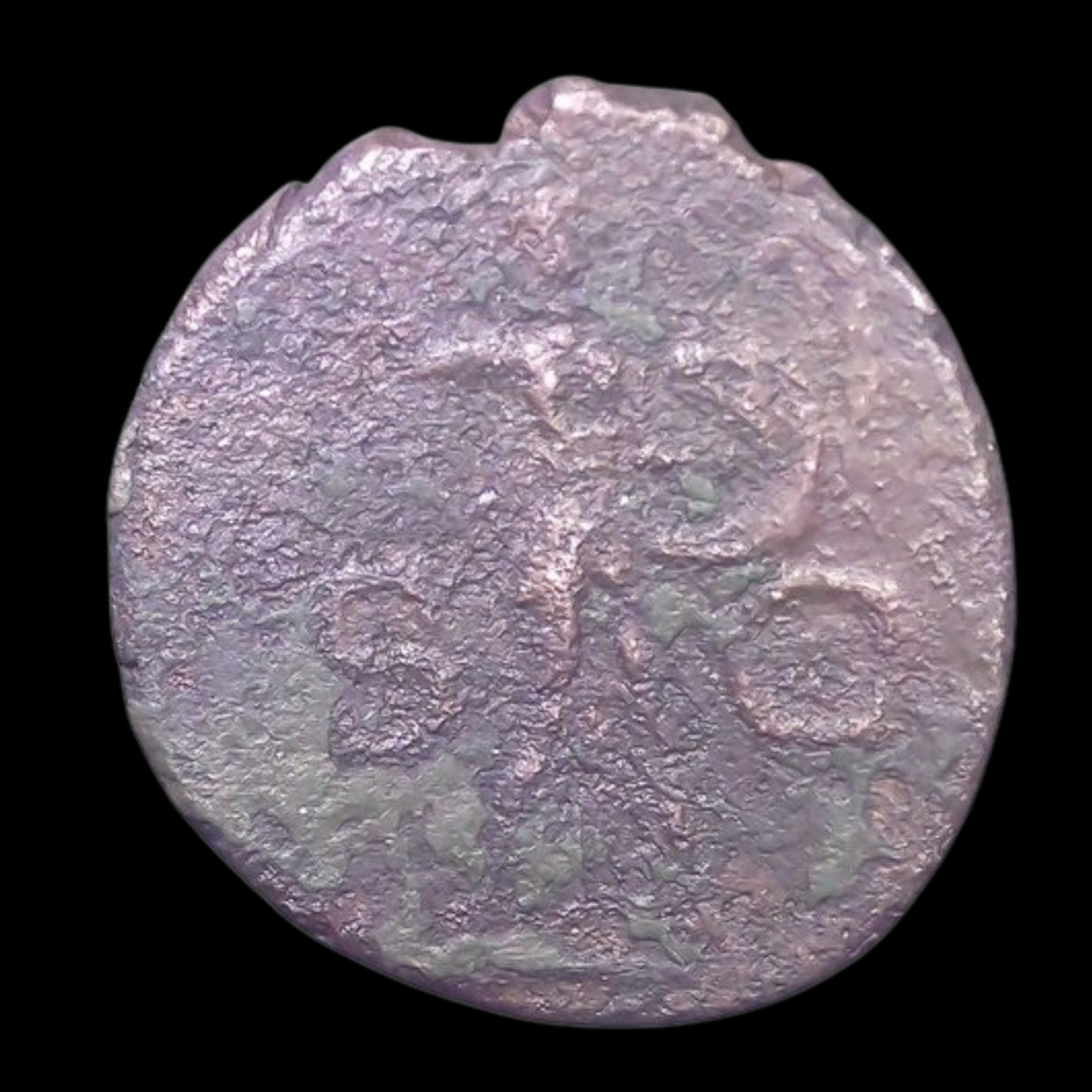 Image 1 of 7
Image 1 of 7

 Image 2 of 7
Image 2 of 7

 Image 3 of 7
Image 3 of 7

 Image 4 of 7
Image 4 of 7

 Image 5 of 7
Image 5 of 7

 Image 6 of 7
Image 6 of 7

 Image 7 of 7
Image 7 of 7








Trajan Decius Antoninianus (About 1,775 years ago) NGC Certified Slab
The coins shown are representative examples of the grade and type, but not the actual specimens for sale. For details on NGC’s grading standards and definitions, please refer to our NGC Grading page.
This coin is a silver antoninianus from the reign of Emperor Trajan Decius, who ruled the Roman Empire from 249 to 251 CE. Minted during his brief reign, this coin represents a pivotal period when the empire faced increasing military pressures and internal challenges.
Coin Description:
Front side: Portrait of Emperor Trajan Decius facing right, wearing a radiate crown, and typically shown with a draped or cuirassed (armored) bust. Latin inscriptions include his name and imperial titles.
Back side: Likely depicts a Roman deity, personification of a virtue, or military imagery that reinforced Decius's authority. The reverse would include Latin inscriptions relating to the image.
Technical Details:
Silver composition with copper alloy (billon)
Antoninianus denomination (equivalent to 2 denarii in the Roman monetary system)
NGC certified and encapsulated in a protective holder (slab)
Minted between 249-251 CE
Condition details provided by NGC certification
Historical Significance:
Trajan Decius was the first of many "Illyrian" or "Barracks" emperors, originating from modern-day Balkans (particularly Serbia). Before becoming emperor, he served as a consul, governor, and urban prefect of Rome, demonstrating his administrative experience. When troops fighting under his command proclaimed him emperor, he marched against Philip I and defeated him in battle. Decius is notable for initiating empire-wide persecutions of Christians and for his military campaigns against Gothic invaders. His reign was cut short after only two years when he and his son were killed in battle against the Goths at Abritus (in modern-day Bulgaria), making him the first Roman emperor to die in battle against foreign enemies.
The coins shown are representative examples of the grade and type, but not the actual specimens for sale. For details on NGC’s grading standards and definitions, please refer to our NGC Grading page.
This coin is a silver antoninianus from the reign of Emperor Trajan Decius, who ruled the Roman Empire from 249 to 251 CE. Minted during his brief reign, this coin represents a pivotal period when the empire faced increasing military pressures and internal challenges.
Coin Description:
Front side: Portrait of Emperor Trajan Decius facing right, wearing a radiate crown, and typically shown with a draped or cuirassed (armored) bust. Latin inscriptions include his name and imperial titles.
Back side: Likely depicts a Roman deity, personification of a virtue, or military imagery that reinforced Decius's authority. The reverse would include Latin inscriptions relating to the image.
Technical Details:
Silver composition with copper alloy (billon)
Antoninianus denomination (equivalent to 2 denarii in the Roman monetary system)
NGC certified and encapsulated in a protective holder (slab)
Minted between 249-251 CE
Condition details provided by NGC certification
Historical Significance:
Trajan Decius was the first of many "Illyrian" or "Barracks" emperors, originating from modern-day Balkans (particularly Serbia). Before becoming emperor, he served as a consul, governor, and urban prefect of Rome, demonstrating his administrative experience. When troops fighting under his command proclaimed him emperor, he marched against Philip I and defeated him in battle. Decius is notable for initiating empire-wide persecutions of Christians and for his military campaigns against Gothic invaders. His reign was cut short after only two years when he and his son were killed in battle against the Goths at Abritus (in modern-day Bulgaria), making him the first Roman emperor to die in battle against foreign enemies.






















